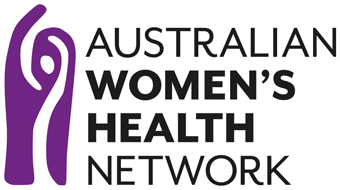Examination of the health outcomes of intimate partner violence against women: State of knowledge paper
Publisher: ANROWS, 2016
Status – CURRENT
This paper systematically reviews evidence on the health outcomes for women in Australia experiencing intimate partner violence (IPV), noting that causal pathways are complex and subject to a rapidly growing body of knowledge. It also describes current data sources on the prevalence of IPV and possible ways to address the gap in exposure data for Aboriginal and Torres Strait Islander women.

